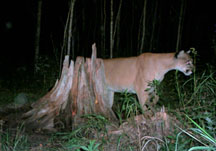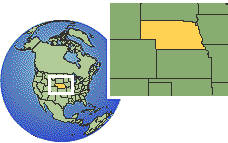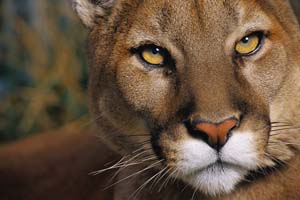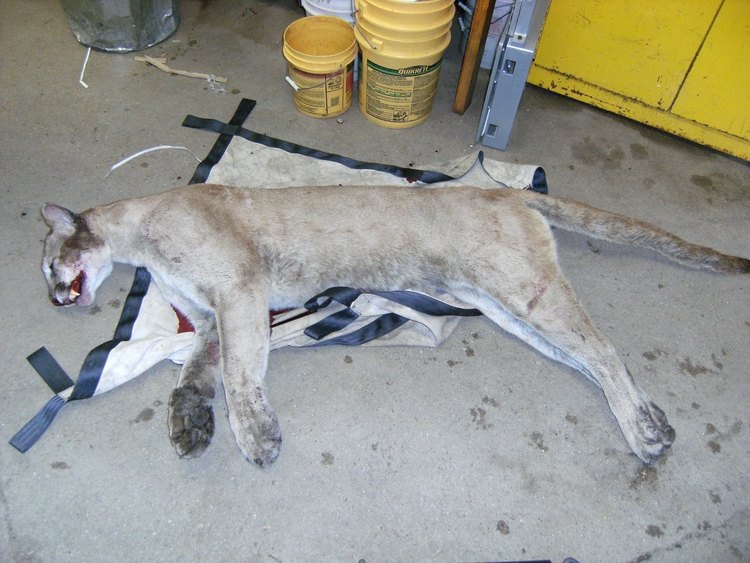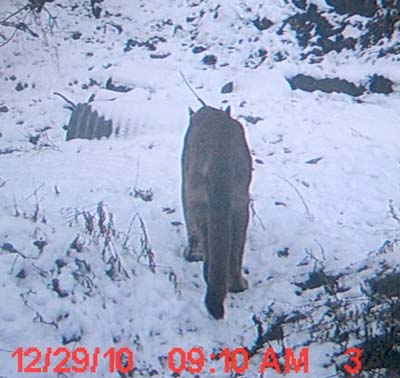Cougars, also known as mountain lions, pumas and by several other names, have been in the news in Kansas and Wisconsin.
In Wisconsin and young mountain has been photographed by trail cameras three times in recent weeks. A press release from the Wisconsin Department of Natural Resources reminds deer hunters that they can only shoot the animal in self-defense or in the defense of another human.
A TMJ 4 news report couches the news as a warning: hunters should stay in groups if a cougar has been spotted, and be aware that they have been known to steal deer carcasses. That may be because it was couched as a warning in an earlier Associated Press report.
In Kansas, a mountain lion was photographed on a game camera. Footprints confirmed that it was indeed a mountain lion, the sixth confirmed in the state since 2007. Read the Kansas Department of Parks, Wildlife and Tourism press release here.
Photo: Mountain lion in Wisconsin, courtesy of the Wisconsin Dept. of Natural Resources

